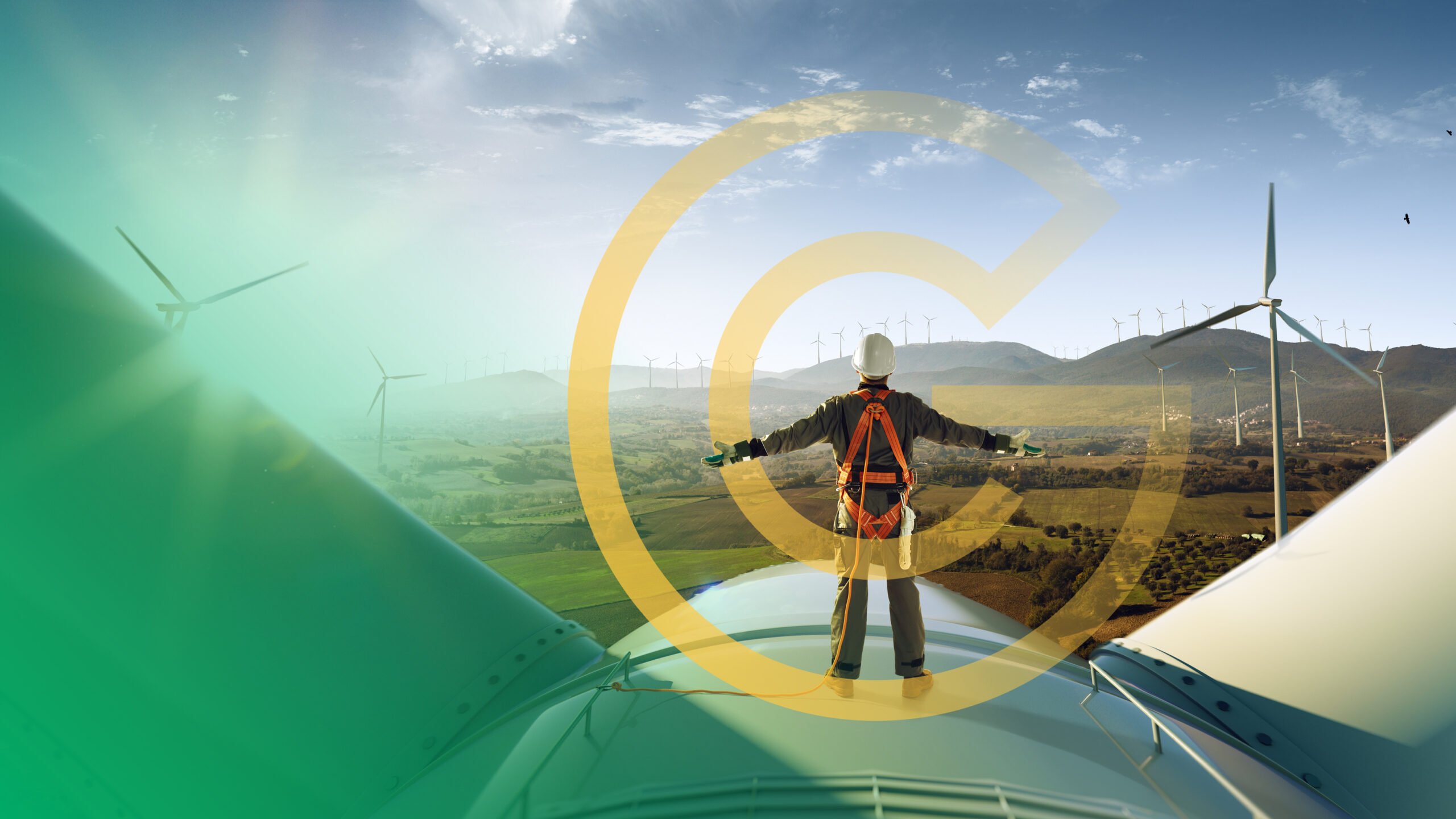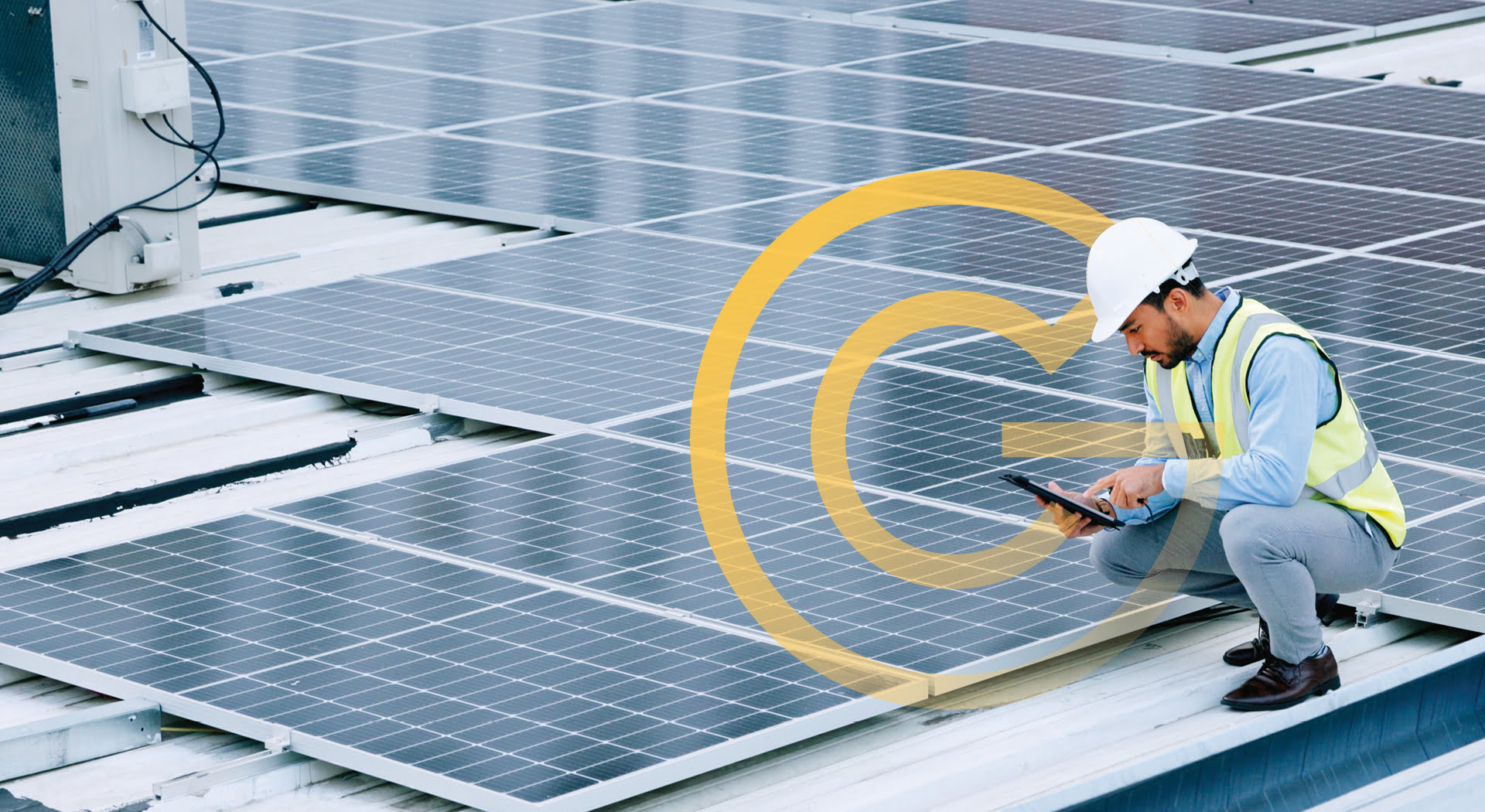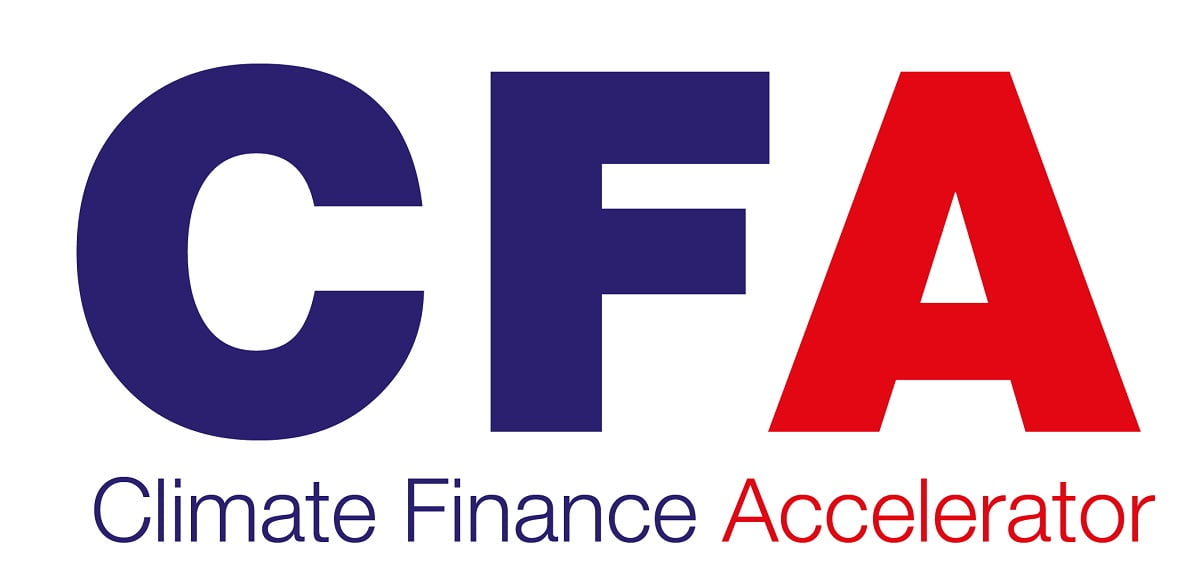Welcome to GreenCape’s Drought Business Support Webpage. This webpage is a consolidated resource for businesses with water-related risks seeking to become water resilient. GreenCape offers information and provides access to the following:
Water Technology and Solution Providers
Access to a database of water and sanitation-related technology, product, service, and solution providers
- To have your water-related business or service listed on the Western Cape Supplier database, click here.
- To download the latest Western Cape Database of Suppliers of Water Saving Related Technologies and Services, click here.
Water-related Industry Events
Access to sector-specific, location-specific, or leadership-specific water events
- To view the latest Water Events, click here.
Case studies: Water resilient businesses
- GreenCape compiles case studies of businesses that have water-saving and efficiency best practice. To view the case studies click here.
- To profile your business water resilience efforts, contact GreenCape to develop a Case Study.
GreenCape Industry and Stakeholder Membership
Provides access to the latest in Water Sector Market Intelligence
Access to industry-related events with relevant stakeholders
Shared resources on the latest water efficiency technologies and best practice methods
- To become a GreenCape Member, sign-up here.
GreenCape’s Drought Support FAQs
Click on the links to redirect to useful, supportive resources for businesses:Q1: What is the latest state of water availability in the Western Cape?
Q2: What is the Government doing to address the drought?
Q3: What can my business do to adapt to water scarcity?
Q4: What are other Western Cape-based business doing to save water?
Q5: Where do I find a list of solution providers to assist my business with saving water?
Q1: What is the latest state of water availability in the Western Cape?
A: The National Department of Water and Sanitation and the City of Cape Town monitor the latest in the Western Cape Water Supply System’s collective dam levels and determine water restrictions based on the availability. Regular daily and weekly dam storage level updates are provided on the City of Cape Town’s website.
- City of Cape Town’s Water Availability Dashboard
- DWS National Integrated Water Information System
- UCT’s Climate Systems Analysis Group (CSAG) Cape Town Rainfall Monitor
Q2: What is the Government doing to address the drought?
A: The following entities are mandated to address the state of water scarcity in the country, Western Cape Province, and the City of Cape Town:
- National Department of Water and Sanitation
- Western Cape Provincial Government
- The City of Cape Town
Q3: What can my business do to adapt to water scarcity?
For businesses seeking to become water resilient, GreenCape has developed a tool called the Sustainable Water Use Journey. The tool is designed as a methodology for businesses that can be seamlessly integrated into any existing business model in order to achieve water resilience in a logical manner.
Sustainable water use journey
- Understand water uses and risks
- Explore and adopt water efficiency interventions
- On-site wastewater reuse
- Access alternative water supplies
STEP 1. Understand water uses and risks
Measure > Assess Risk > Benchmark
Measure:
Businesses can identify future water saving opportunities through measuring their current usage and respective purpose for use.
How To: Water use measurements can be performed through water audits, or use of smart (online) water meters and sub-meters. Smart metering is effective for leak and/or abnormal usage detection for rapid repair and water loss prevention.
Legislation and Free Assistance: Large water users (users of more than 10,000 kilolitres per annum) in Cape Town are required to submit an annual water audit to the City of Cape Town. The National Cleaner Production Centre (NCPC) offers free water audits for large commercial and industrial water users and smaller company groups.
Best Practice Examples: Growthpoint Properties reduced their water consumption at The Estuaries by 70% due to smart metering.
Assess Risk
It is important to understand and determine the water-related risks to your business and supply chain. Such risks include water supply, water pressure, water quality, and tariff fluctuation risks, etc.
How To: Businesses can access the following tools to help assess and understand their water-related risks:
Best Practice Examples:
- GlaxoSmithKline (GSK): At GSK, 86% of the businesses total water volume is used throughout the supply chain, while only 3% is used in their own operations. Through value chain water-risk assessment, GSK have identified water projects for high impact through supporting farmers in India.
- South African Breweries (SAB): SAB invested in an alternative irrigation system for irrigation of barley as a significant input across the full value chain. To offset their water use at the Ibhayi Brewery and Newlands Brewery, SAB has supported invasive alien vegetation clearing to prevent water loss
Benchmark
Once water use consumption has been measured and risk assessments are performed, further water use should be guided by industry best practice usage. The following benchmarking tools are available to business water users in the following sectors.
|
Sector |
Benchmark/Tool |
Description |
|
Commercial |
|
|
|
Growthpoint Properties App (Google Play /iTunes Download) |
|
|
|
dti Guideline for Baseline Water Use in the Commercial Sector |
|
|
|
Industrial |
|
|
|
Agricultural |
|
|
|
Construction |
|
|
|
Health care |
|
|
|
Households |
|
STEP 2. Explore and adopt water efficiency interventions
Once water usage is measured, and water saving opportunities are identified, businesses should implement water efficiency interventions. These typically include technologies, fittings, processes and behavioural interventions that are low cost and easy to implement with short pay-back periods. Examples of water efficiency interventions are listed below:
Water efficient fittings (easy to retrofit):
- Hold-flush / dual flush toilets
- Waterless urinals
- Toilet cistern displacement products
- Low-flow / mist tap aerators, or waterless hand sanitiser
- Low-flow showerheads
- High efficiency pre-rinse spray valves
- Water efficient appliances (e.g. dishwashers, washing machines)
- Automatic switch off devices / motion sensor devices (e.g. for cleaning conveyor belts)
Water efficient practices:
- Fix leaks and faulty / leaking equipment & service equipment on a regular basis
- On-demand flushing at the office (“If its yellow let it mellow, if it’s brown flush it down”)
- Designated staff water champions and water leak reporting procedures
- Optimise the operation of cooling systems
- Sweeping or mopping floors rather than spraying down floors
- Water wise gardening
- Dishwashers and washing machines operated only when fully loaded
- Staff training and guest awareness programmes
Efficiency Tip: Ablution facilities typically consume 30-50% of the total water use in domestic and commercial buildings. Therefore, these fixtures should be targeted for water savings measures, and are often low-cost or no-cost.
For more sector-specific interventions, please see the table below:
|
Sector |
Resource/Tool |
Description |
|
Commercial |
The Western Cape Department of Economic Development and Tourism Commercial Business Drought Support |
|
|
Best Management Practices for Commercial and Institutional Facilities |
||
|
City West Water Best Practise Guidelines for Water Efficiency |
Best practice guidelines to assist building managers, owners, and maintenance staff to manage their water consumption in various high water use areas in typical industrial, commercial and institutional facilities |
|
|
Industrial |
GreenCape’s Water-use Benchmark Data |
For access to a comprehensive list of industry-related benchmarks, please contact us. |
|
Industrial water use is sector specific and varies across different processes. The WRC has developed ‘NATSURVS’ for water intense sectors, outlining benchmarks and water efficiency measures |
||
|
Hospitality, Tourism |
Wesgro tourism drought support webpage |
|
|
||
|
Hong Kong Water Supplies Department Best Practice Guidelines for Water Usage in Hotel Industry |
International example of best water use practices in the hospitality industry |
|
|
Water management and responsibility in Hotels |
||
|
Households, Small Enterprises |
Report proposes a DIY water efficient fixture installation guide for domestic / commercial water users to reduce potable water consumption (and associated costs) in homes and offices |
Best Practice Examples:
- GreenCape has produced a series of Business Water Resilience Case Studies. The case studies present examples of business water efficiency actions and processes with corresponding returns on investment.
- Coca-Cola Beverages South Africa: The amount of water required to produce one litre of soft drink was reduced from 2.13 litres in 2010 to 1.7 litres in 2016.
- City of Cape Town Hotels: Examples of water saving interventions and efficiency measures undertaken.
- International Industry Manufacturing Water Saving: Examples of water savings by Ford, Kimball Office, MillerCoors, Cascade Tissue Group and BASF
STEP 3. On-site wastewater reuse
The third step for businesses is to consider the reuse of wastewater onsite. The range of wastewater streams generated can be reused or treated for reuse.
Wastewater Categories:
- Greywater: Relatively low contaminated wastewater from showers, basins, baths and laundries.
- Blackwater: water that includes sewage from toilets or wastewater from kitchen sinks.
- Industrial effluent: wastewater from industrial processes.
STEP 4. Access alternative water supplies
Alternative water supplies provide businesses with an opportunity to augment their water intake requirements, significantly reduce water costs and ensure business continuity. Businesses can contribute to relieving pressure on municipal water supplies thereby increasing the drought resilience of the region. Alternative water supplies should only be explored once businesses have undertaken initial water efficiency interventions which will reduce volume requirements and project costs.
Legislative and Supportive Resources:
- Alternative water systems: Alternative water users may require authorisations or permits from the municipality, the Department of Water and Sanition (DWS) or other organisations.
- Wastewater disposal: Waste streams may require a discharge permit from the municipality (or other relevant authority) depending on wastewater content, volumes and disposal method.
Types of alternative water supplies:
The following table lists the type of alternative water supplies, as well as examples of some of the regulatory requirements and useful resources (note this is not a comprehensive list of regulatory requirements).:
|
Type of Alternative Water Supply |
Description |
Examples of applicable regulatory requirements or useful resources |
|
|
Rainwater or stormwater harvesting |
The funnelling, capturing and storing of rainwater from non-permeable surfaces (e.g.: roofing, paving) |
||
|
Water storage |
Storing water as reserve supplies, especially during intermittent or disrupted municipal supply |
|
|
|
Groundwater use |
Groundwater accessed through boreholes or wellpoints (varying in quality and treatment requirements based on intended use) |
|
|
|
Treated municipal effluent |
Municipal wastewater that has been treated in wastewater treatment works is known as ‘treated effluent’ (TE). TE can be purchased from municipalities (dependent on availability). TE is generally cheaper than potable water and is only suited for certain applications (eg. toilet flushing, fire systems, irrigation). TE can be further treated to potable standards. |
Cape Town: The City of Cape Town Application for supply of treated effluent |
Q4: What are other Western Cape-based business doing to save water?
A: There are many businesses based in the Western Cape that have achieved significant water savings and are shown on GreenCape’s Water Resilient Businesses webpage.
A: The Strategic Water Partnerships Network South Africa highlights water-related projects done by a range of stakeholders including: Anglo American, CocaCola, Eskom, Nestlè, SAB and Sasol.
A: The WWF-SA’s Water Balance Programme links corporate water users to the health of our natural infrastructure through positive investment into critical catchments. These investments are used to clear invasive alien vegetation to balance the participant’s operational water use, as well as to mobilise the collective action necessary to ensure the sustainability of these interventions.
Q5: Where do I find a list of solution providers to assist my business with saving water?
A: A list of water technology and service providers can be found on the Western Cape Government’s 110% Green webpage.



